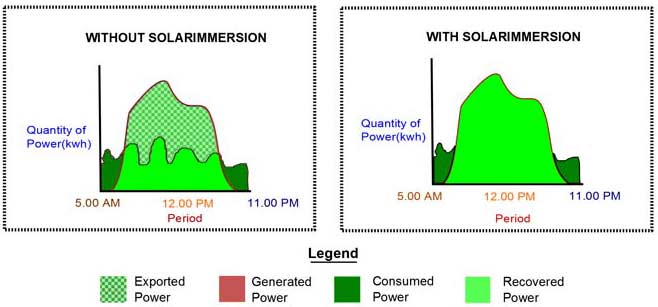D
Dave Edwards
OK, this is a weird one!
I have a grid tied PV system which exports spare power to the grid.
The maximum it will export is around 2.5kW
Now I want to use around 1.5kW, but I want to use it to heat a 3kW element.
So it will be a slow long heating rather than the full 3kW the element normally takes.
I can send the spare power I have to that element no problem, but at the moment because it is 3kW it takes all the spare power and makes up the difference from the grid.
I want this 3kW element to just take 1.5kW of power.
It's much like the 3 position switch on a slow cooker. Low, Medium and High. Somehow different amounts of power are being supplied to that same element.
What device would I need to achieve that?
Would it be a voltage regulator? if I took the voltage down to 110 x 13A that would be around 1.4kW
I can find voltage regulators on the net, but not ones that would supply 13A there seems to be a load of them that convert 240V to 110V but only 300W which is only around 2.75A
Where do I find a voltage converter that will allow a constant output of 110V @ 13A ???
Before anyone suggests it, obviously the sensible thing to do is to use a 1.5kW heating element!
But for what i want, the heating element is a fixed thing. that can't be changed. I just need to be able to feed 1.5kW to a 3kW element.
Any ideas?
I have a grid tied PV system which exports spare power to the grid.
The maximum it will export is around 2.5kW
Now I want to use around 1.5kW, but I want to use it to heat a 3kW element.
So it will be a slow long heating rather than the full 3kW the element normally takes.
I can send the spare power I have to that element no problem, but at the moment because it is 3kW it takes all the spare power and makes up the difference from the grid.
I want this 3kW element to just take 1.5kW of power.
It's much like the 3 position switch on a slow cooker. Low, Medium and High. Somehow different amounts of power are being supplied to that same element.
What device would I need to achieve that?
Would it be a voltage regulator? if I took the voltage down to 110 x 13A that would be around 1.4kW
I can find voltage regulators on the net, but not ones that would supply 13A there seems to be a load of them that convert 240V to 110V but only 300W which is only around 2.75A
Where do I find a voltage converter that will allow a constant output of 110V @ 13A ???
Before anyone suggests it, obviously the sensible thing to do is to use a 1.5kW heating element!
But for what i want, the heating element is a fixed thing. that can't be changed. I just need to be able to feed 1.5kW to a 3kW element.
Any ideas?


 .
.







